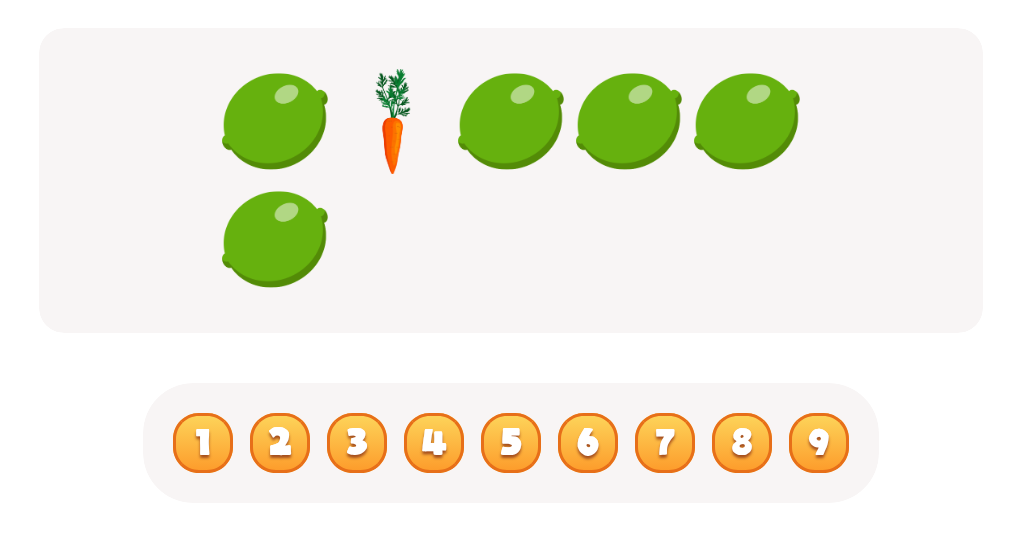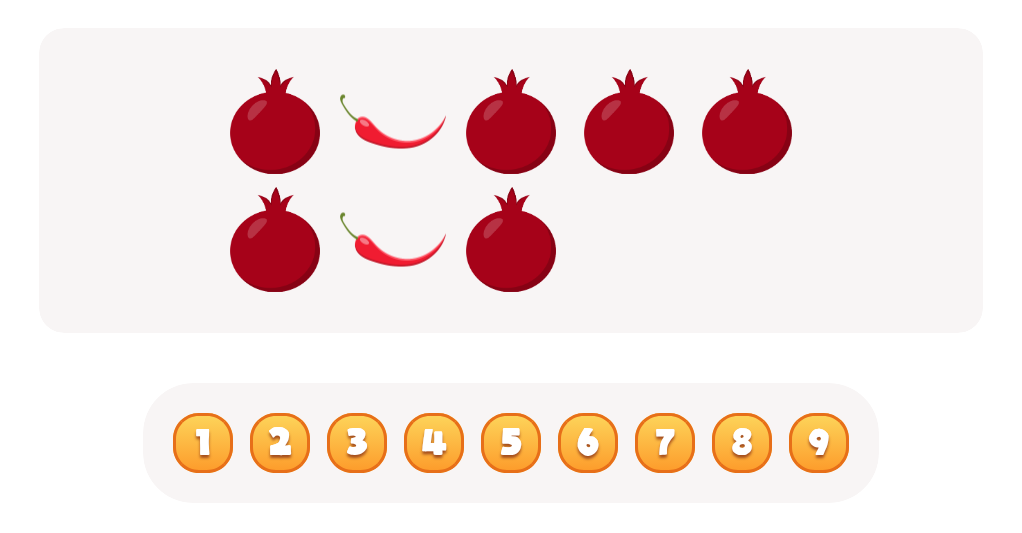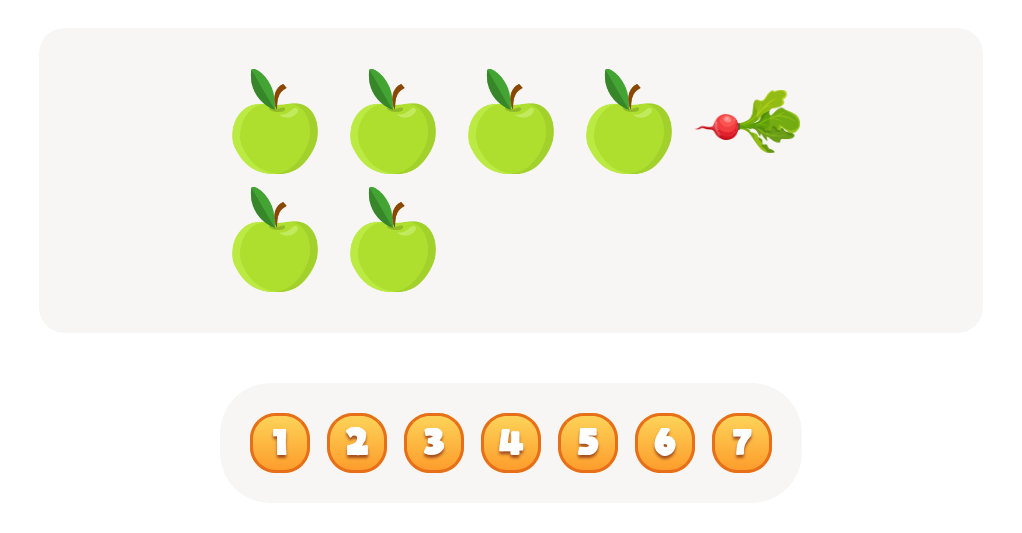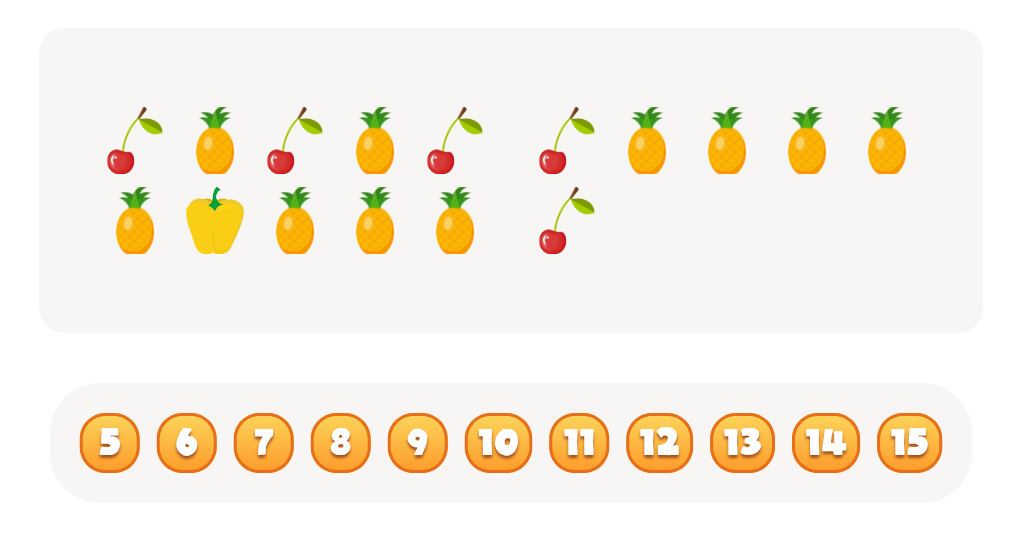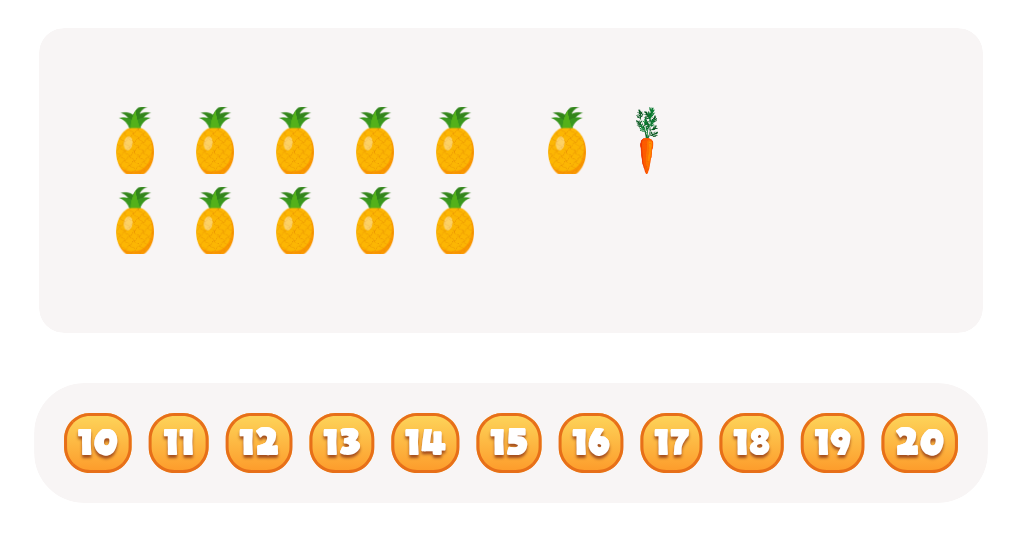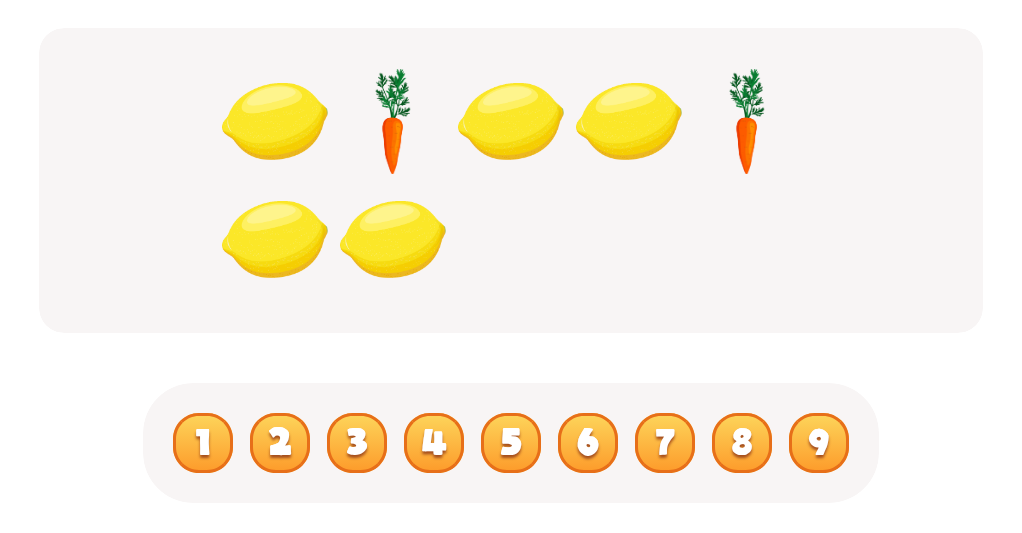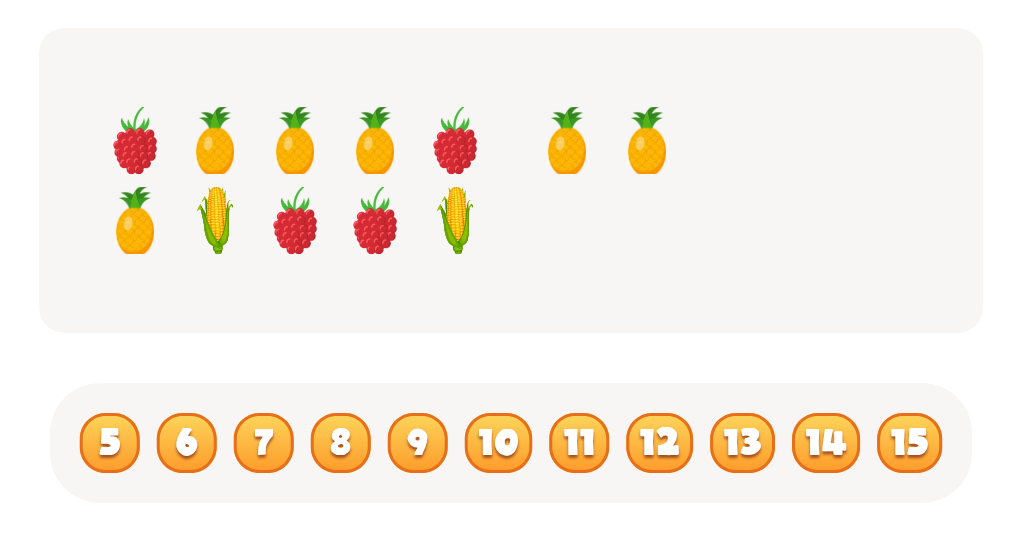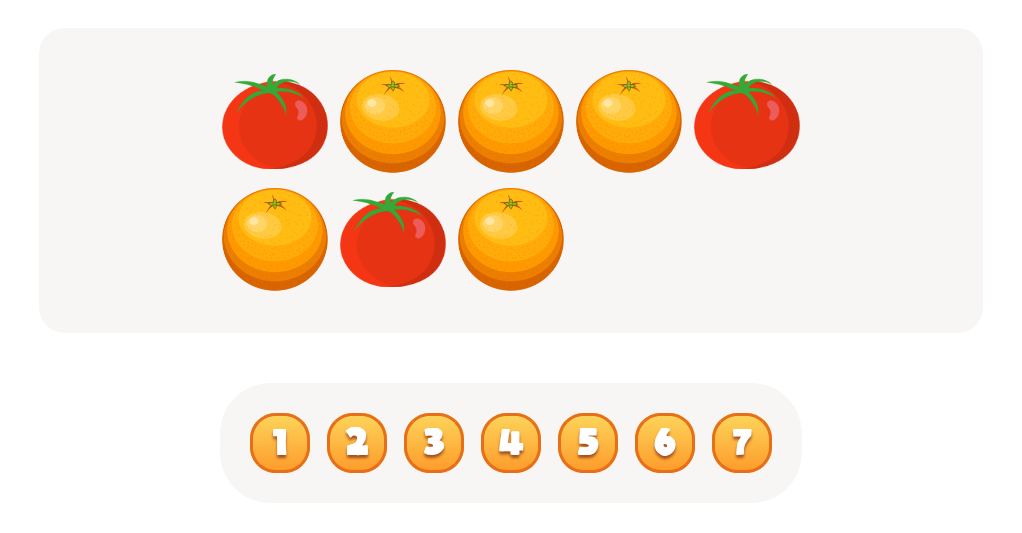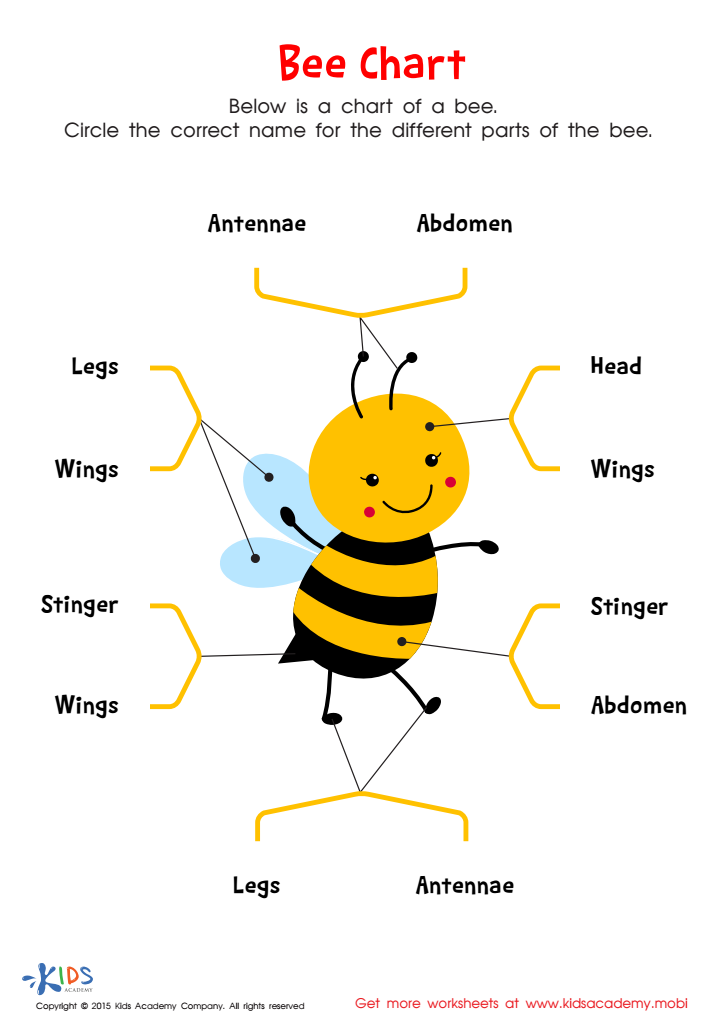Normal Plants and Animals Worksheets for Ages 5-9 - Page 3
100 filtered results
-
From - To
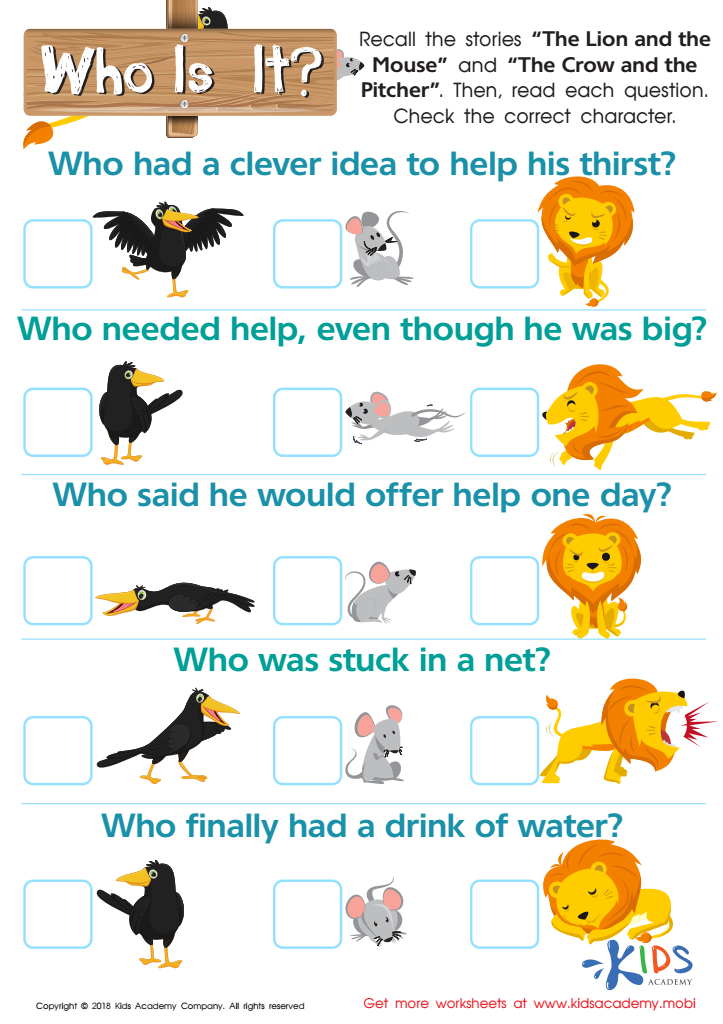

Who Is It? Worksheet
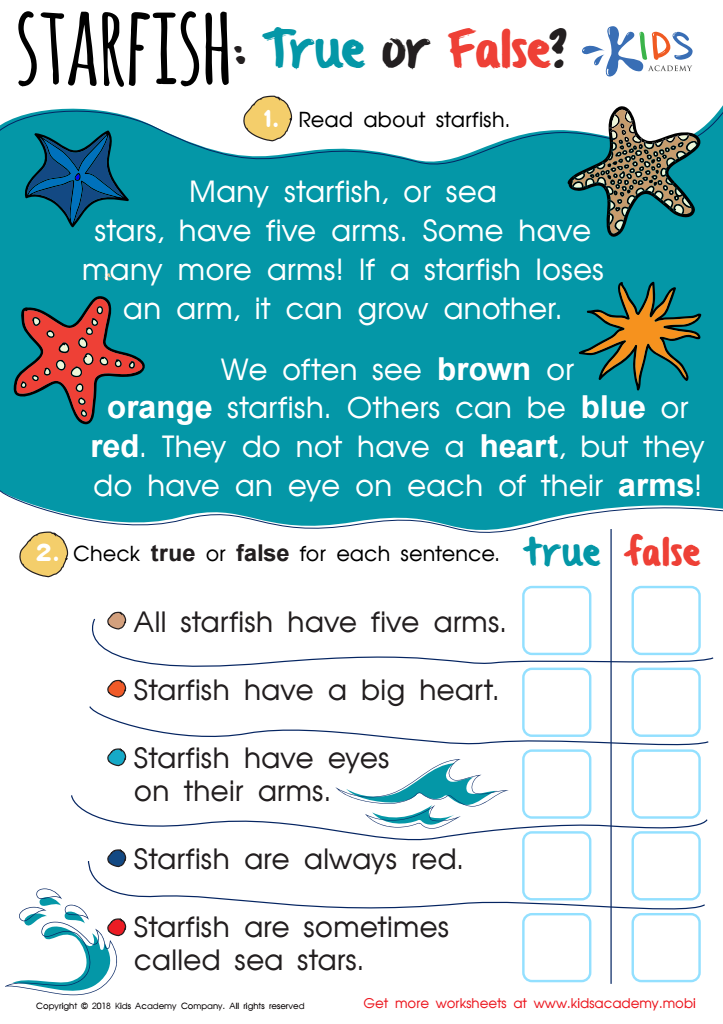

Starfish: True or False Worksheet
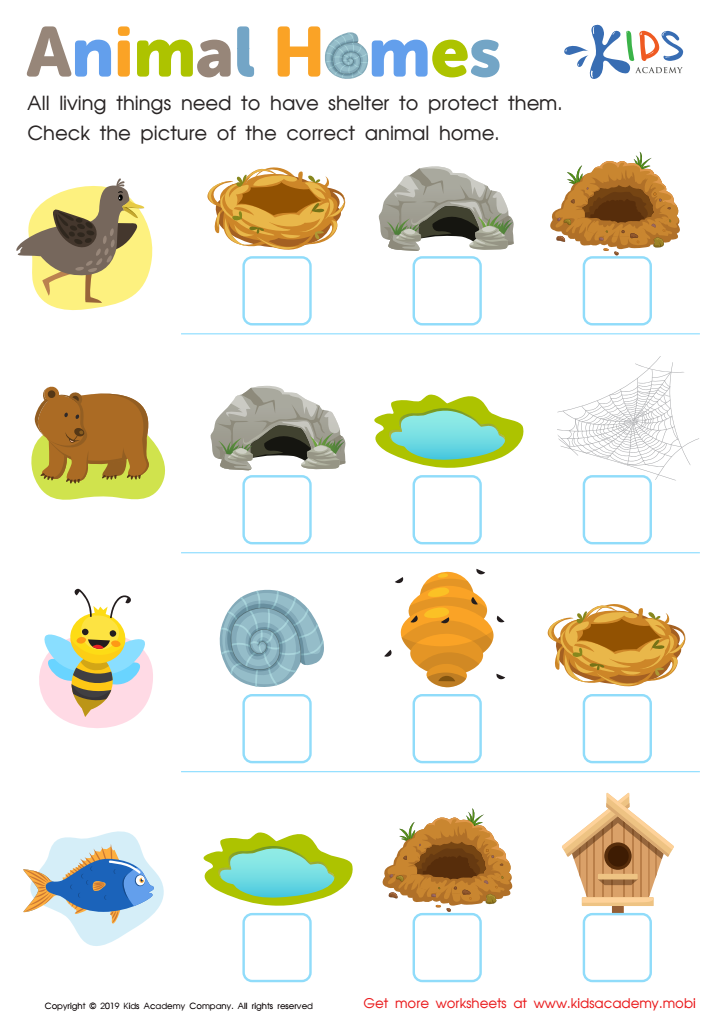

Animal Homes Worksheet
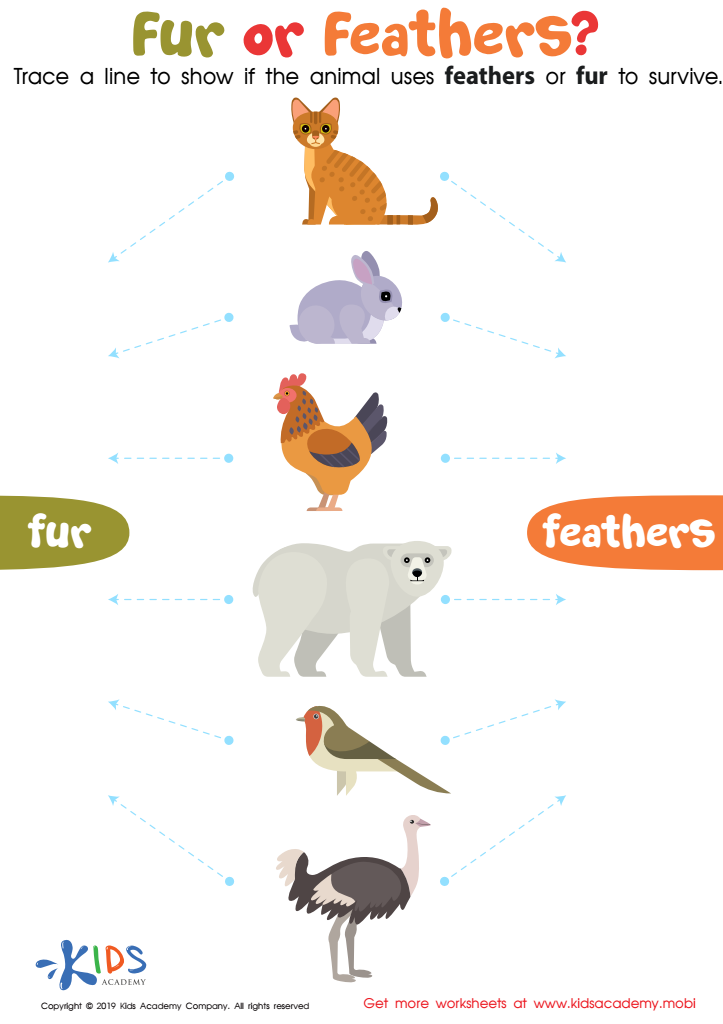

Fur or Feathers? Worksheet
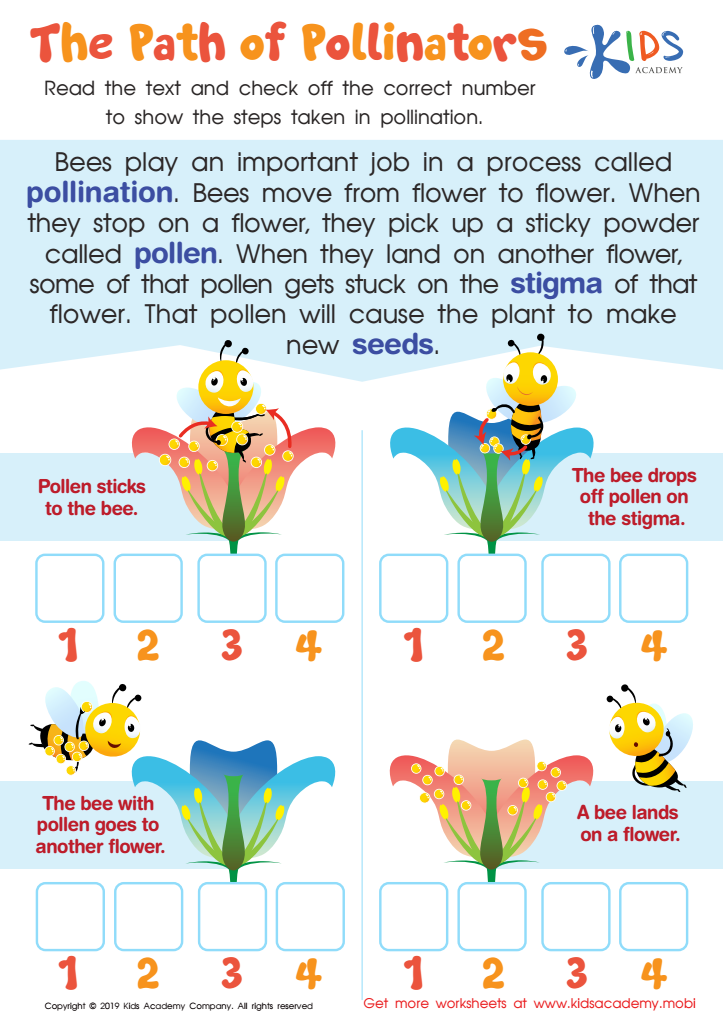

The Path of Pollinators Worksheet
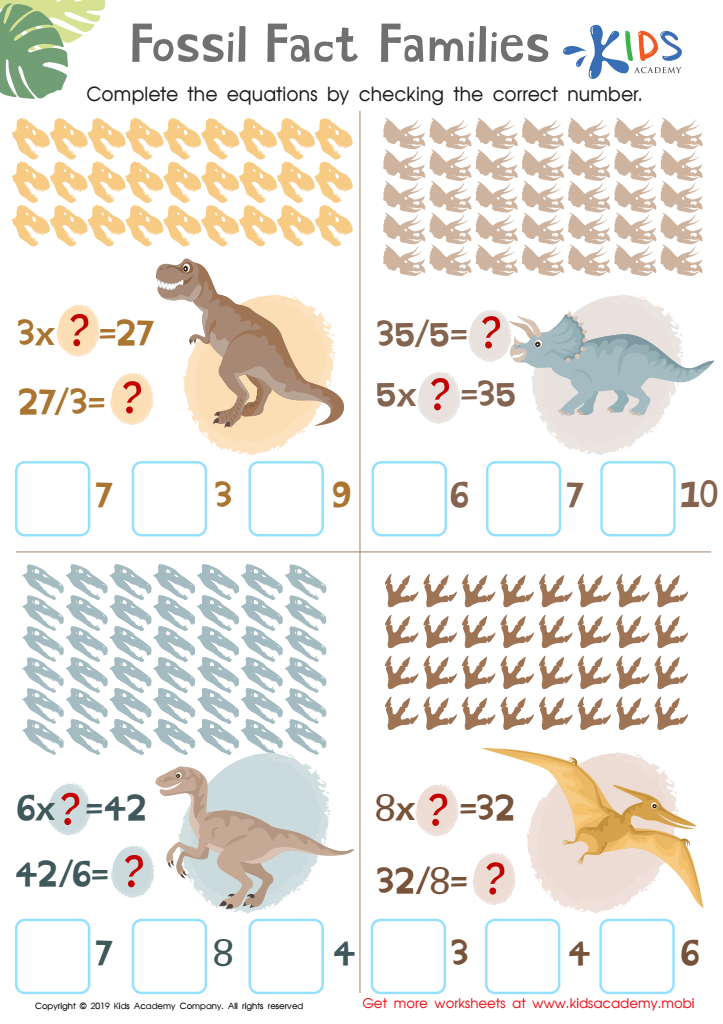

Fossil Fact Families Worksheet
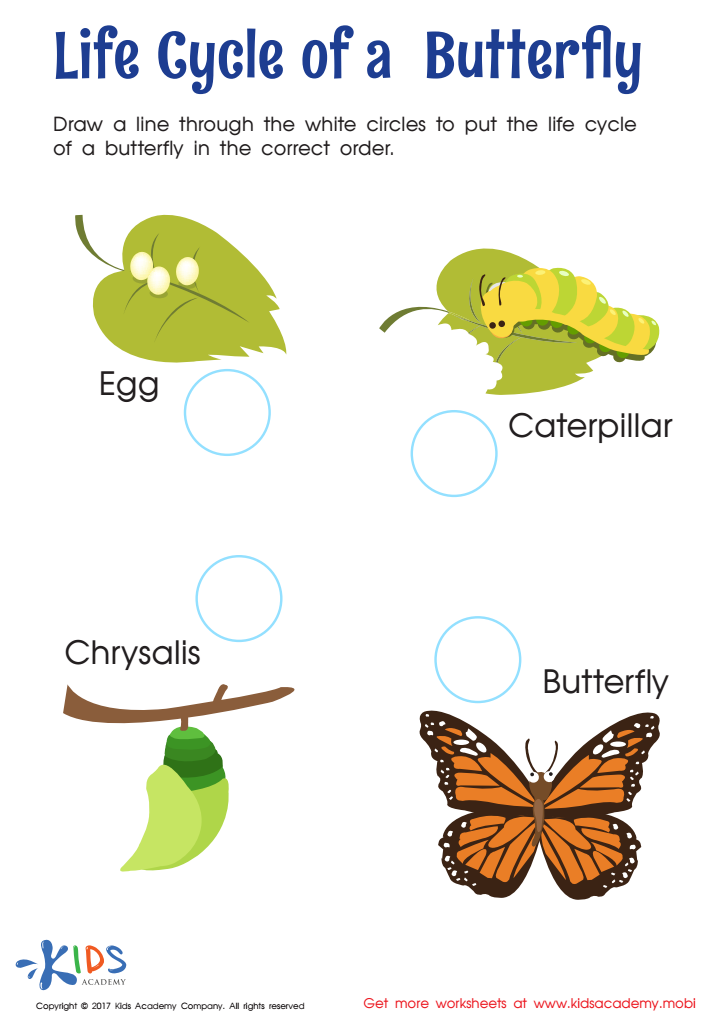

Life Cycle of Butterfly Worksheet


Ecosystems: Assessment 1 Worksheet
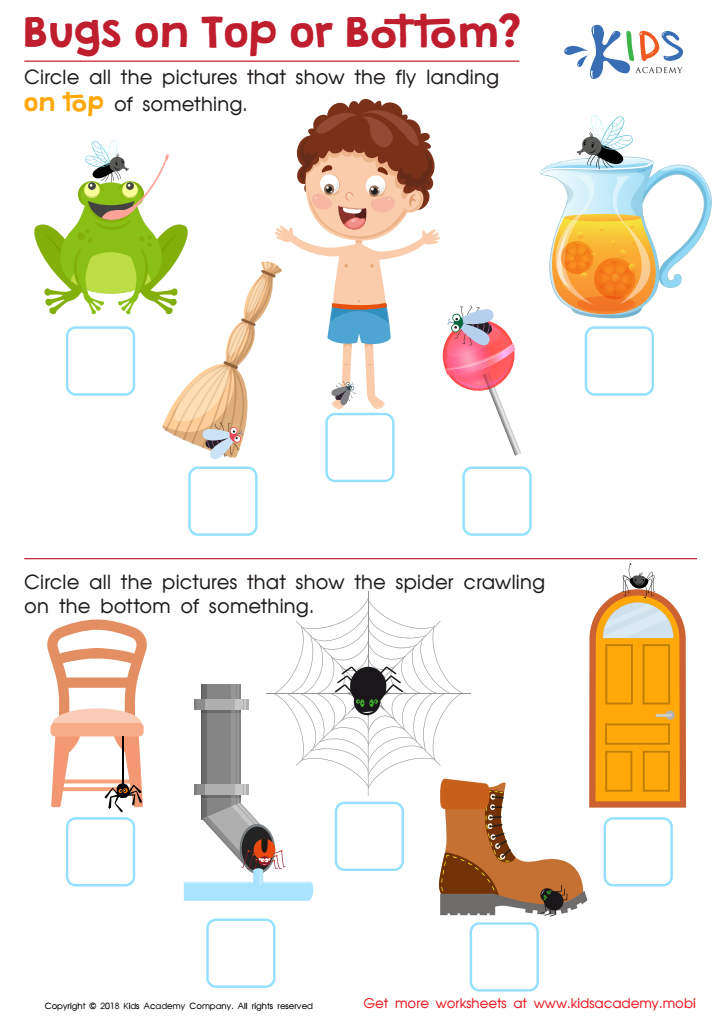

Bugs on Top or Bottom? Worksheet
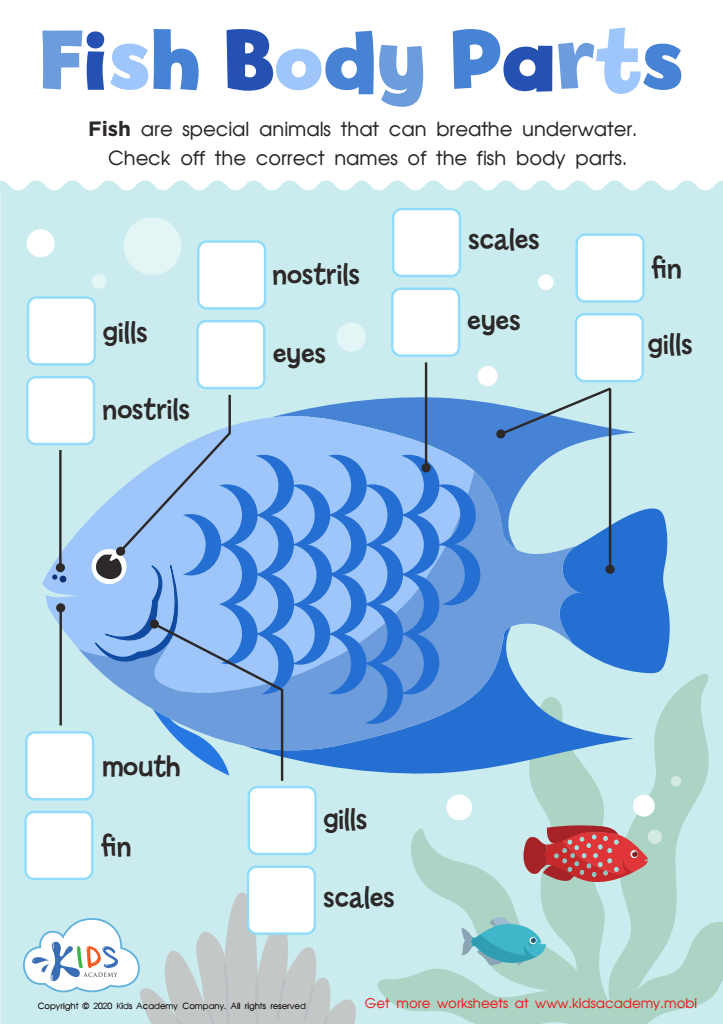

Fish Body Parts Worksheet
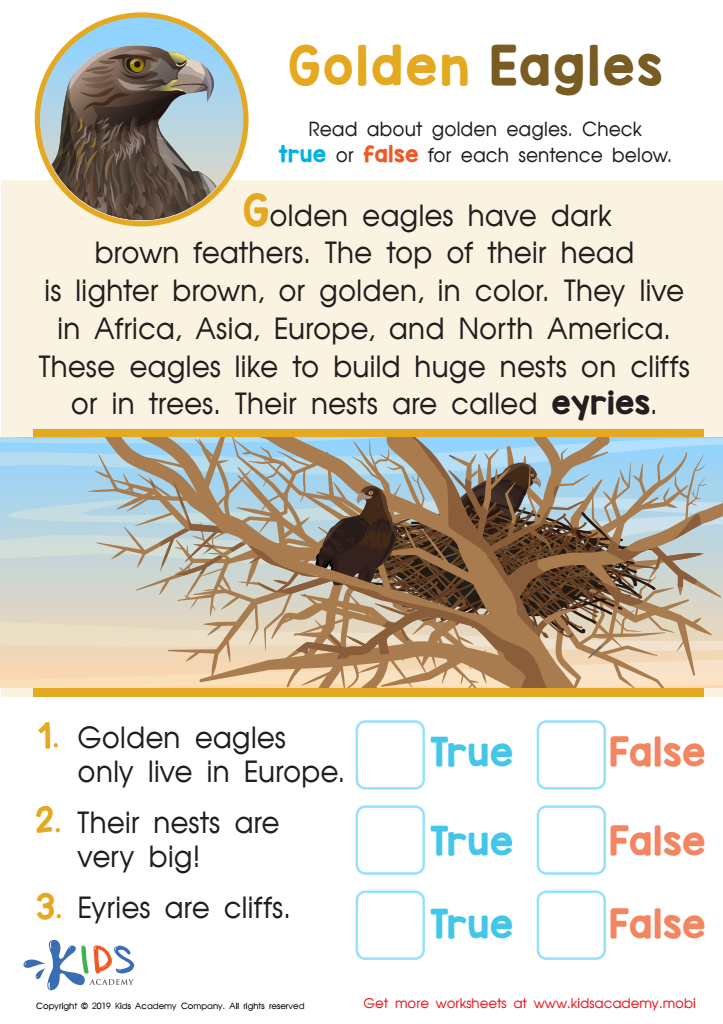

Golden Eagles Worksheet
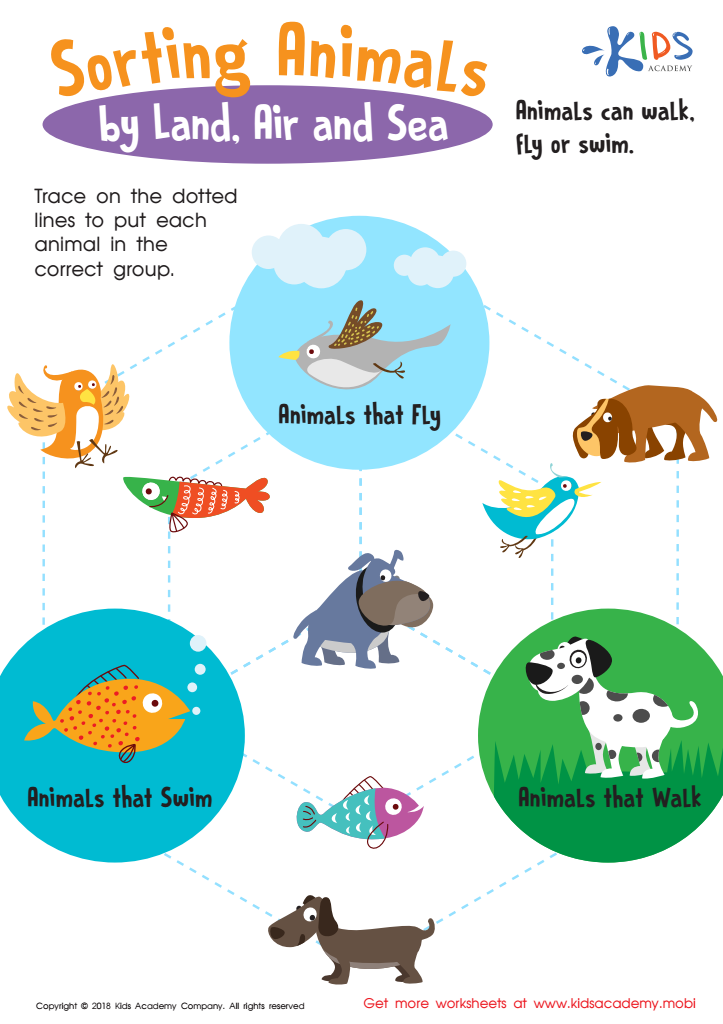

Sorting Animals by Land, Air and Sea Worksheet
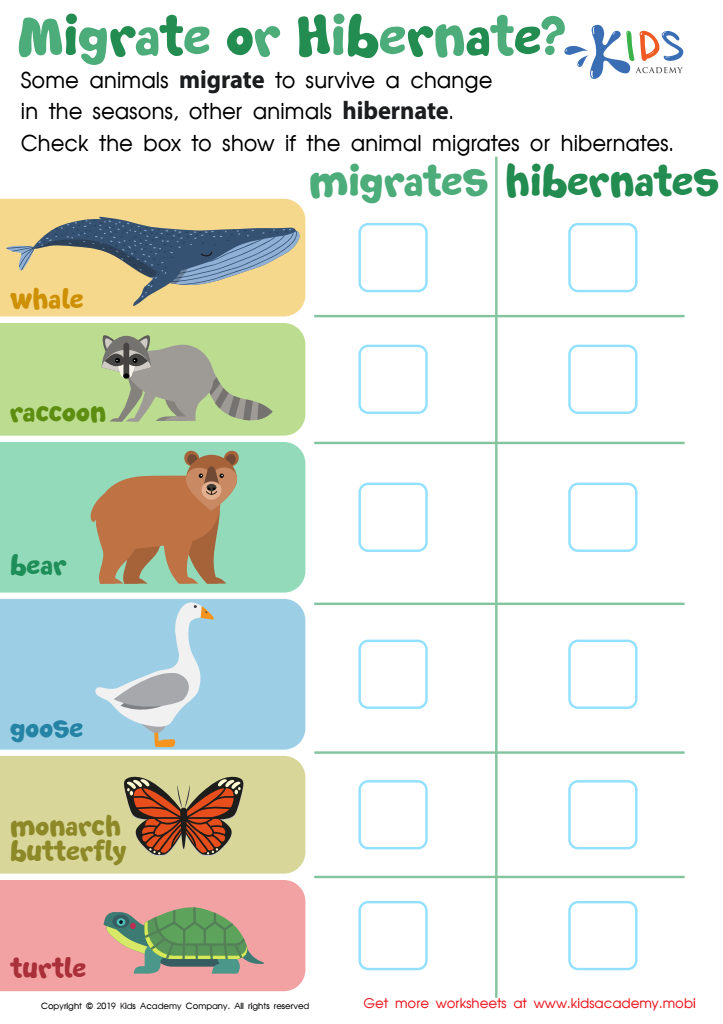

Migrate or Hibernate? Worksheet
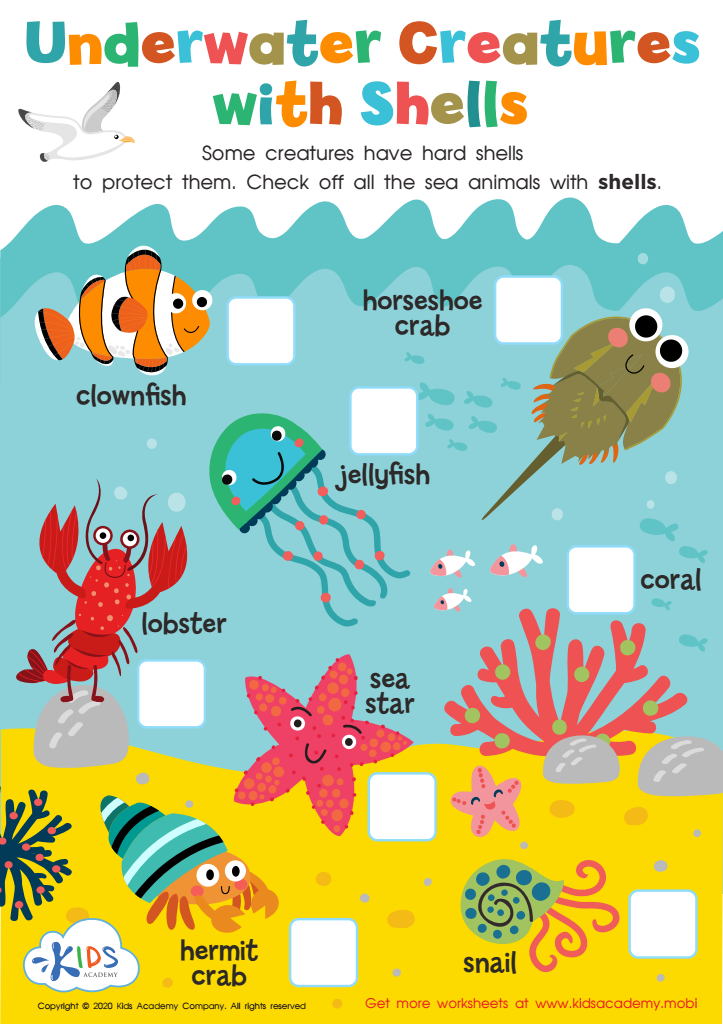

Underwater Creatures with Shells Worksheet


Multiplying Invertebrates Worksheet
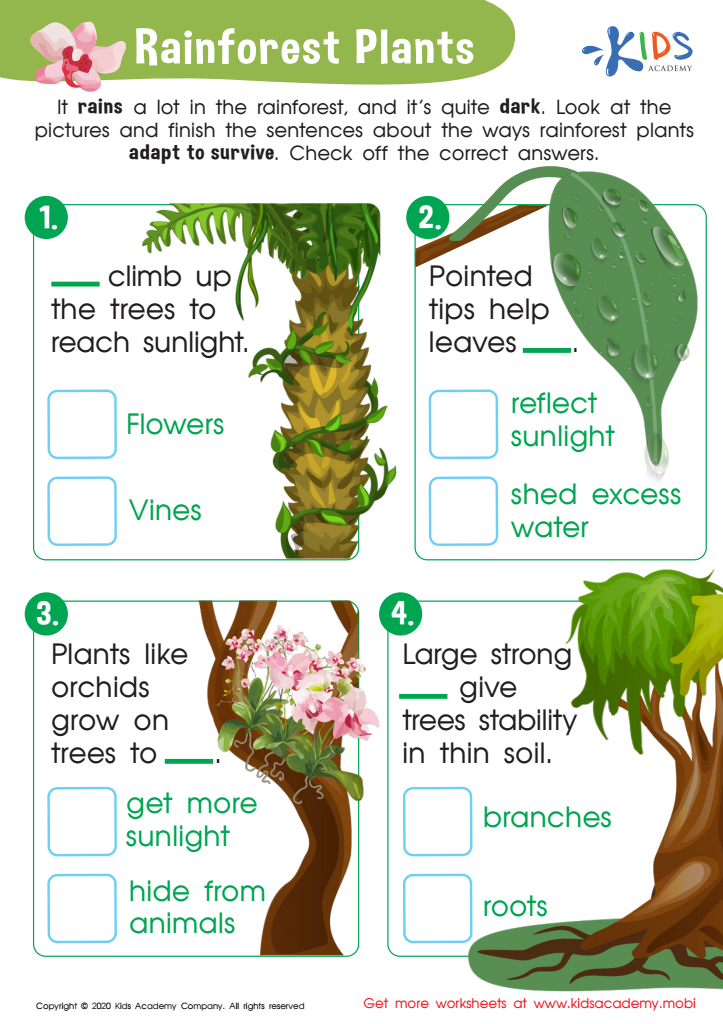

Rainforest Plants Worksheet
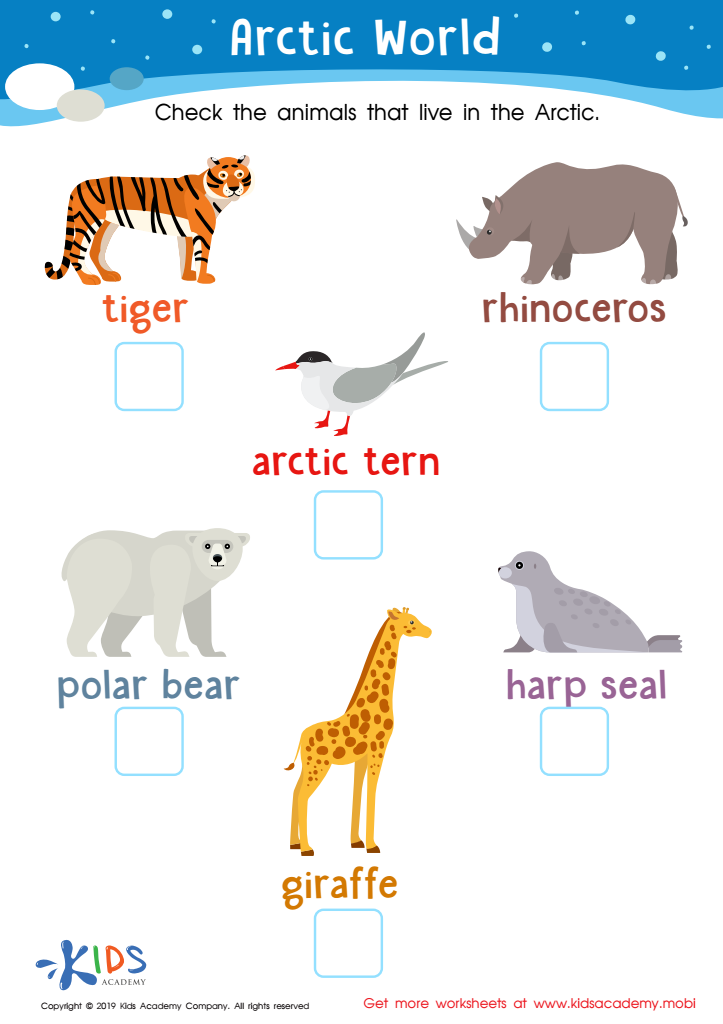

Arctic World Worksheet
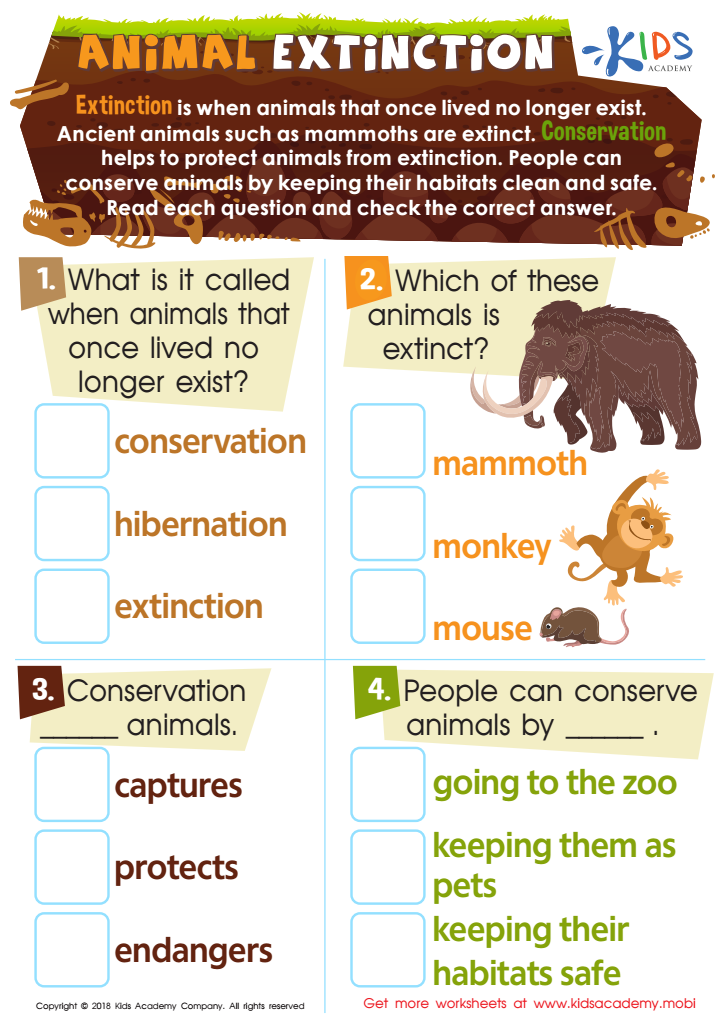

Animal Extinction Worksheet
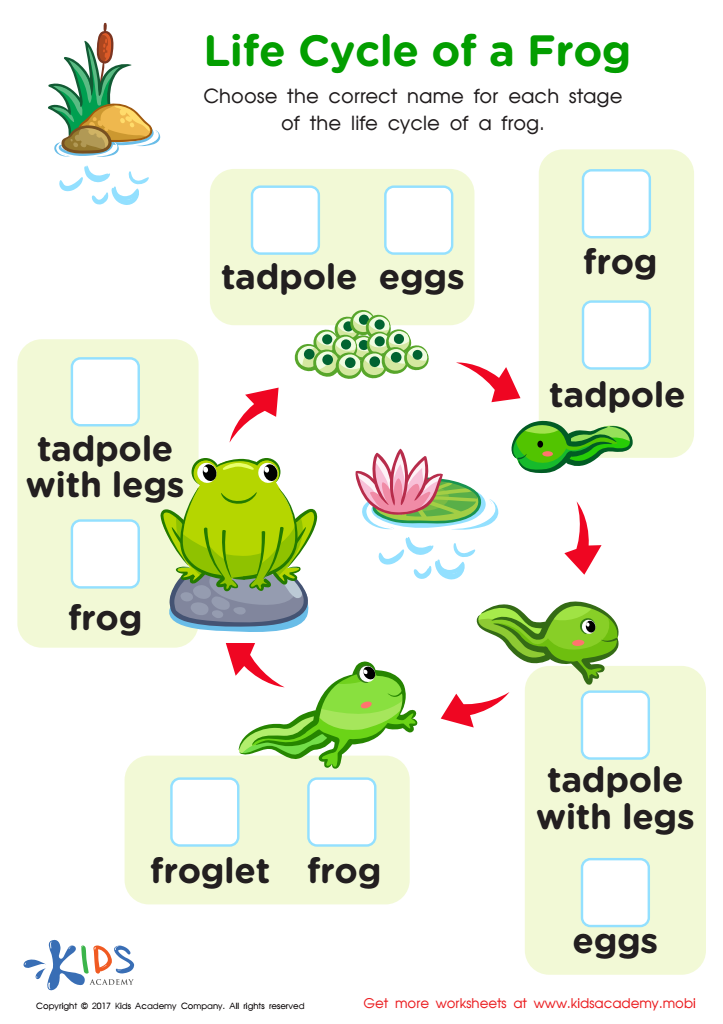

Life Cycle Frog Printable


Cycle Of Salmon Worksheet
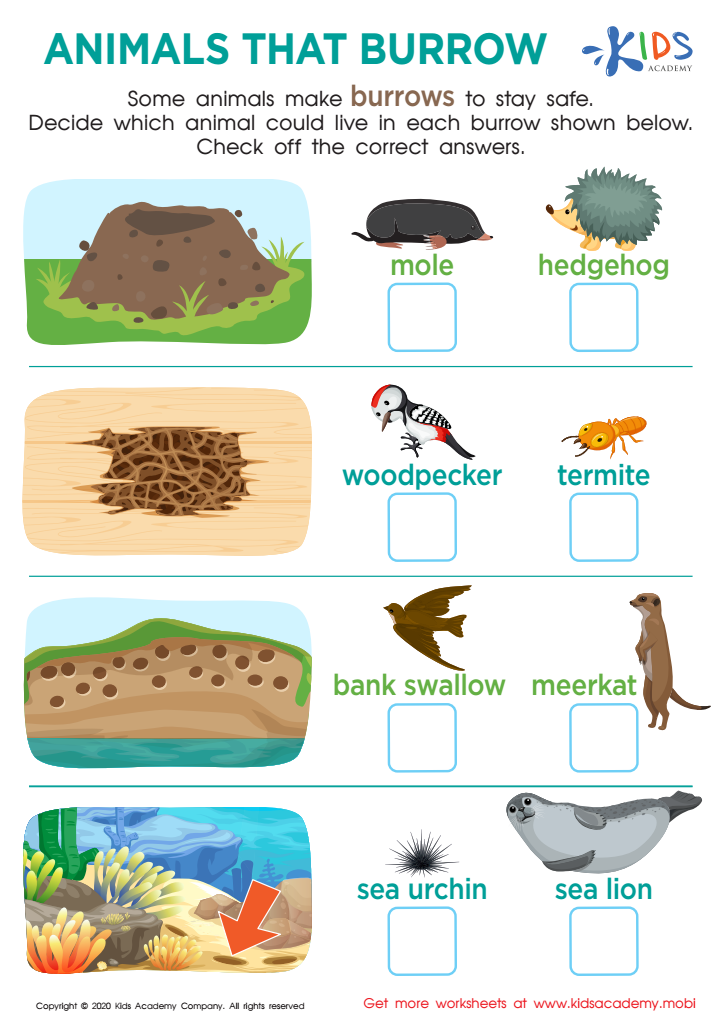

Animals That Burrow Worksheet
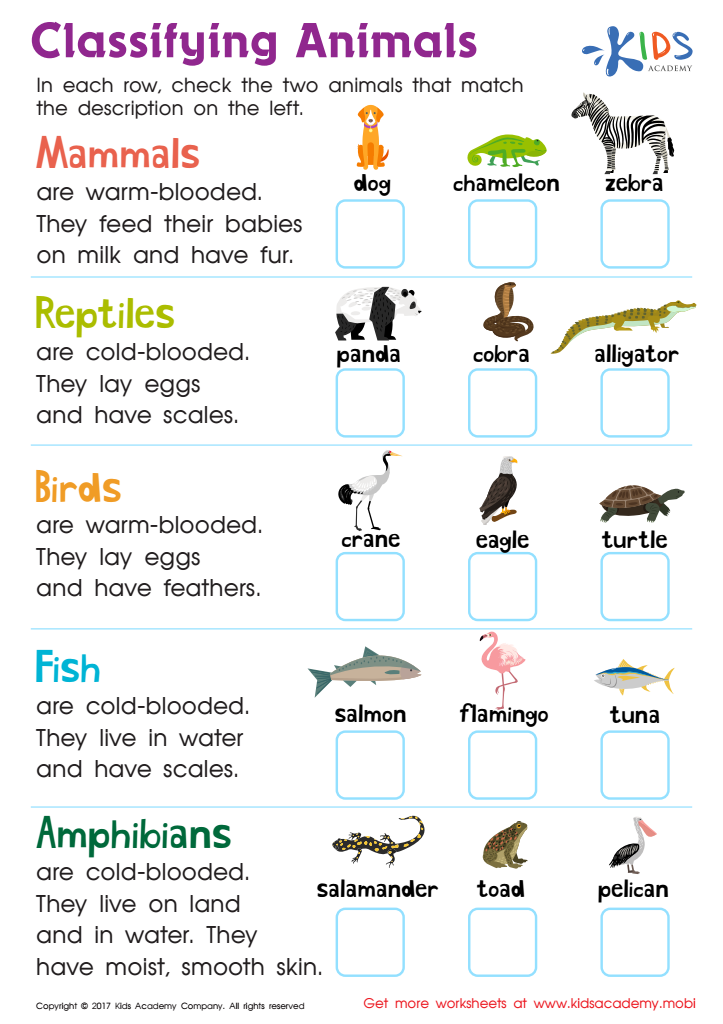

Classifying Animals Worksheet
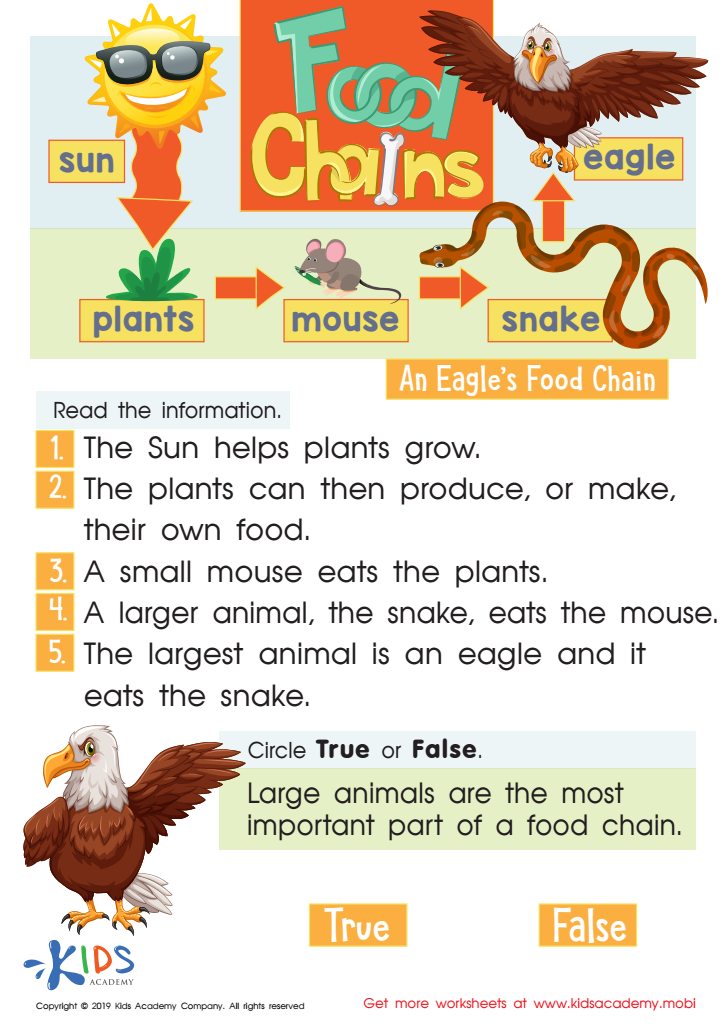

Food Chains Worksheet
Teaching children aged 5-9 about normal plants and animals is crucial for several reasons. Firstly, this knowledge fosters a sense of wonder and curiosity about the natural world. At this impressionable age, children are naturally curious; learning about flora and fauna can ignite a lifelong interest in the environment and science. Additionally, understanding plants and animals helps children develop empathy and respect for living things, laying the foundation for responsible environmental stewardship.
By learning about various species, children also enhance their observational skills. They start noticing patterns, differences, and similarities, which are critical thinking skills that extend beyond biology into other areas of learning. Moreover, such lessons can be intertwined with other subjects like reading, art, and math. Drawing a plant, writing a story from an animal's point of view, or counting leaves are all multidisciplinary activities that make learning more engaging.
Parents and teachers play an essential role in this foundational stage. Simple activities like gardening, visiting parks, or reading nature books together can make these lessons practical and fun. By emphasizing the importance of plants and animals, adults help children understand the interconnectedness of life, fostering a generation that values and protects our natural world.

 Assign to My Students
Assign to My Students
